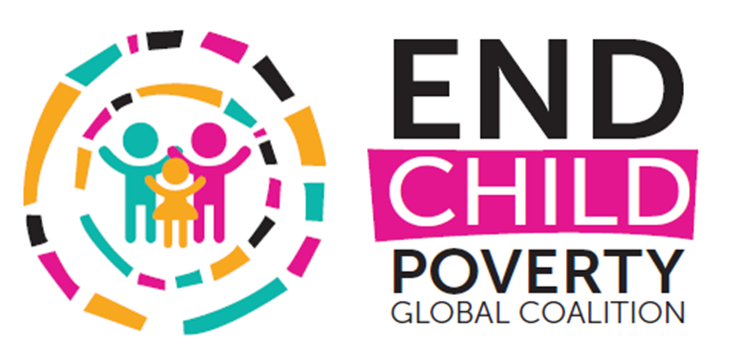By Solrun Engilbertsdottir, Enkhzul Altangerel
Today, over 700 million people struggle to survive on less than $1.90 a day. If you take a broader definition of poverty that goes beyond income, the number almost doubles, with more than 1.3 billion people living in multidimensional poverty globally.
The tragic truth is that half of these people are children. Children are twice as likely to live in poverty as adults – with 1 out of every 5 children living in extreme destitution. Moreover, children feel the impact of poverty more brutally – it could mean going to bed hungry, being sick more often, missing out on school, which limits their growth and development, and prospects.
“Children are over-represented among the poorest people – a child focus is critical to address overall poverty”
Fortunately, there are tried and tested methods to address child poverty, such as cash transfers to poor families, and improved social services that can benefit everyone, including the most vulnerable.
To ensure all these programmes are designed well, funded adequately, reach those most in need, and work effectively, the right policies, and political commitment are crucial, both nationally and globally.
For the first time in history, the international community has agreed and committed to end extreme child poverty and halve the number of children living in multidimensional poverty by 2030 – as part of the Sustainable Development Goals (SDG).
How has progress been in the four years since the goals were adopted? Is child poverty high up on the global agenda or is it still missing from the wider development debate?
© UNICEF/UN0288499/Dejongh
Is child poverty high on the development agenda?
To answer this question, we looked at Voluntary National Reviews (VNR) – a report released by national governments on their SDG progress. In the past two years, 89 countries have issued VNRs:
In 2017, 14 out of 43 nations explicitly mentioned child poverty in their VNRs, including actions being taken to measure, monitor and address it. Thailand, for example, noted that the government is providing child support grants to low income households with children ages 0-3, to ensure vulnerable children are not left behind.
In 2018, 18 out of 46 VNRs noted efforts to address child poverty. Again, some countries showed a strong commitment. Canada, for instance, explicitly noted “lifting children out of poverty is a top priority”, and they have followed through on this promise with the introduction of a child benefit.
But in these past two years, just over a third of countries have explicitly discussed child poverty in their VNRs.
High income countries are not immune from the pressures of child poverty. A recent OECD studyfound that 1 out of 7 children in the richest nations of the world are living in poverty and 24.9% of children in the European Union are at risk of poverty or social inclusion. Yet, explicit mention of child poverty is a rarity in VNRs from high income countries.
If the VNRs provide an indication of where child poverty stands in the national development agenda, it’s clear more efforts are needed to ensure child poverty is prioritized – through measurement, monitoring, policies and programmatic solutions.
An opportunity for countries to reaffirm their commitments to ending child poverty
In 2019 — the fourth year of SDG implementation — 47 governments will be releasing VNRs, the largest group of countries so far. The theme of this year’s High Level Political Forum – a UN platform where countries submit and discuss their VNRs, is “Empowering people and ensuring inclusiveness and equality”, a theme closely linked with child poverty.
© UNICEF/UN056403/Thuentap
As these countries prepare their 2019 VNRs – the Global Coalition to End Child Poverty encourages them to use this opportunity to take stock of actions being taken to lift children out of poverty, and report on the baseline and progress towards the child poverty related SDG indicators, namely:
1.2.1 proportion of the population living below the national poverty line, disaggregated for children
1.2.2 proportion of men, women and children of all ages living in poverty in all its dimensions according to national definitions.
1.3.1 proportion of population covered by social protection floors/systems, disaggregated for children
“The VNR High Level Political Forum provides an opportunity for 47 Governments to showcase their commitment and efforts to end child poverty”
Countries around the world have demonstrated that given political will, child poverty can be ended! By focusing on children, we can alleviate poverty more effectively, sustainably, and prevent future generations from destitution.
We look forward to the 2019 July High Level Political Forum – providing the opportunity for the 47 Governments to showcase their commitment and efforts to end child poverty!
Sola Engilbertsdottir is a Social Policy Specialist focusing on child poverty in the Social Policy Section, Programme Division, New York.
Enkhzul Altangerel is a Communications and Advocacy consultant with the Social Policy Section.
*This blog was originally published on UNICEF Connect



